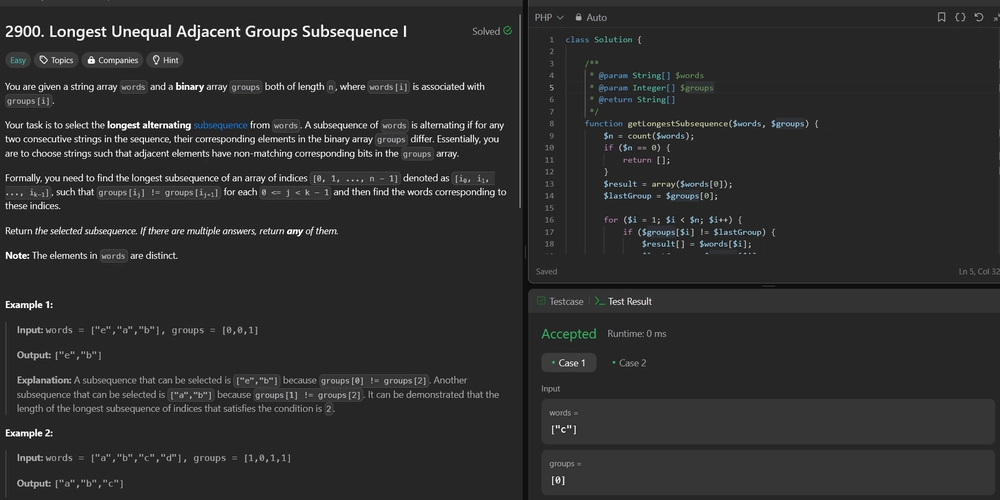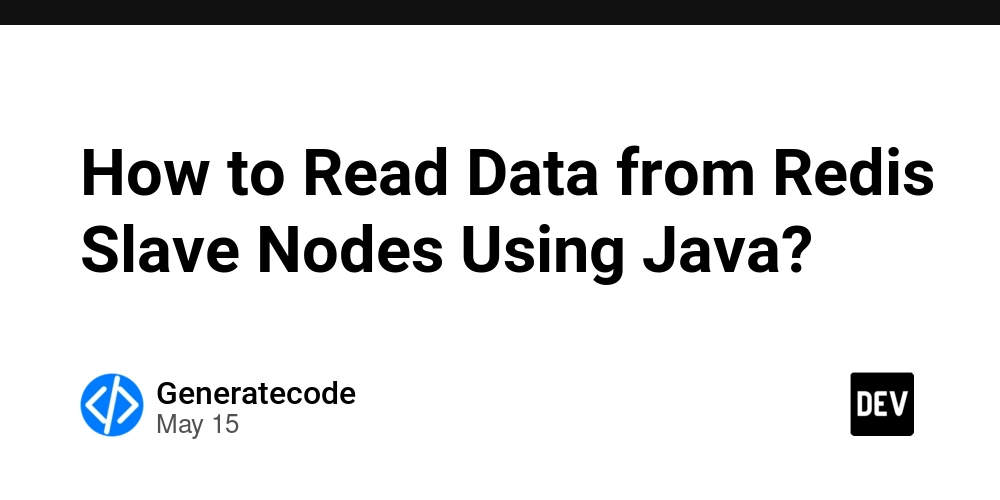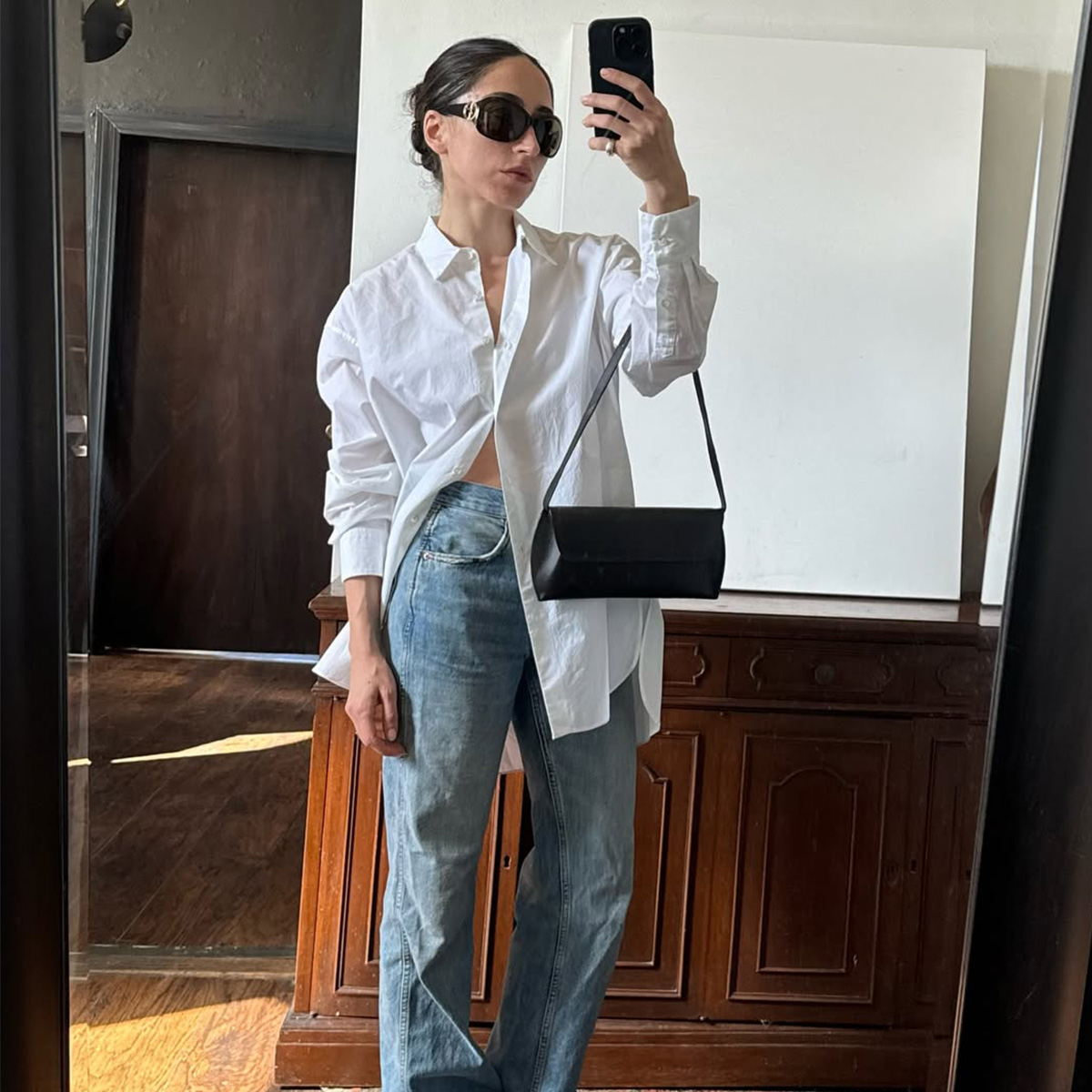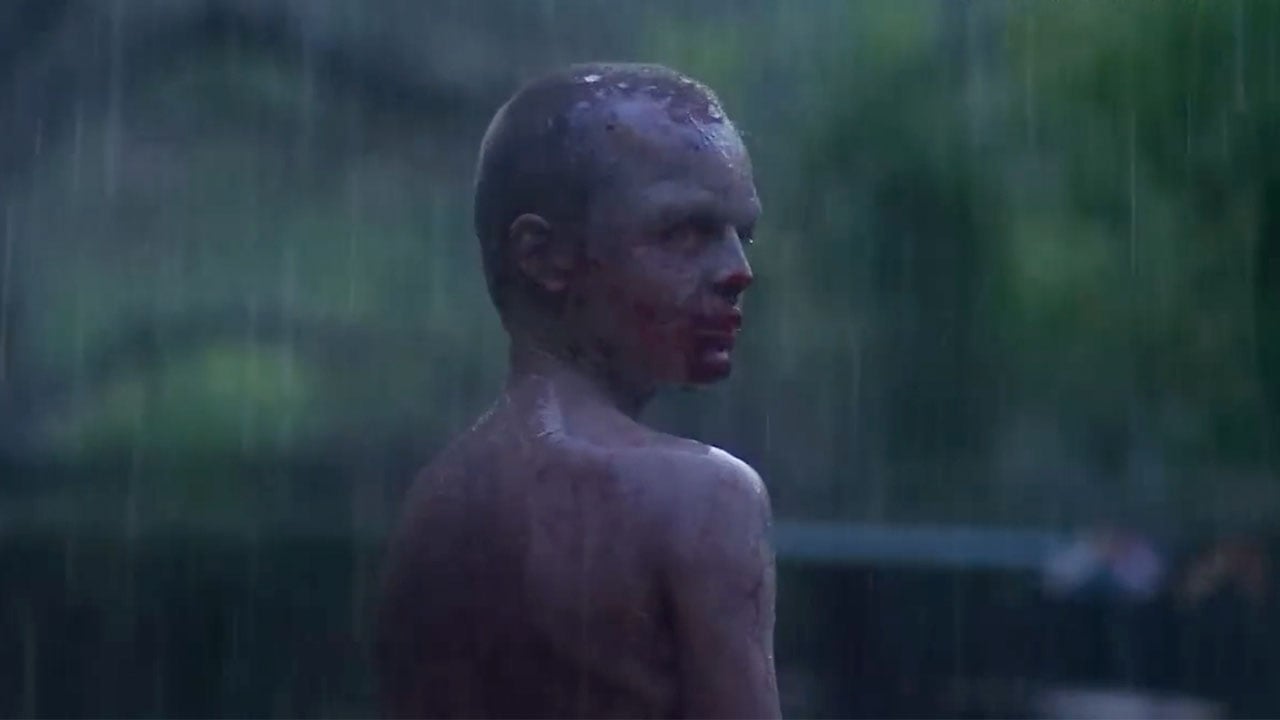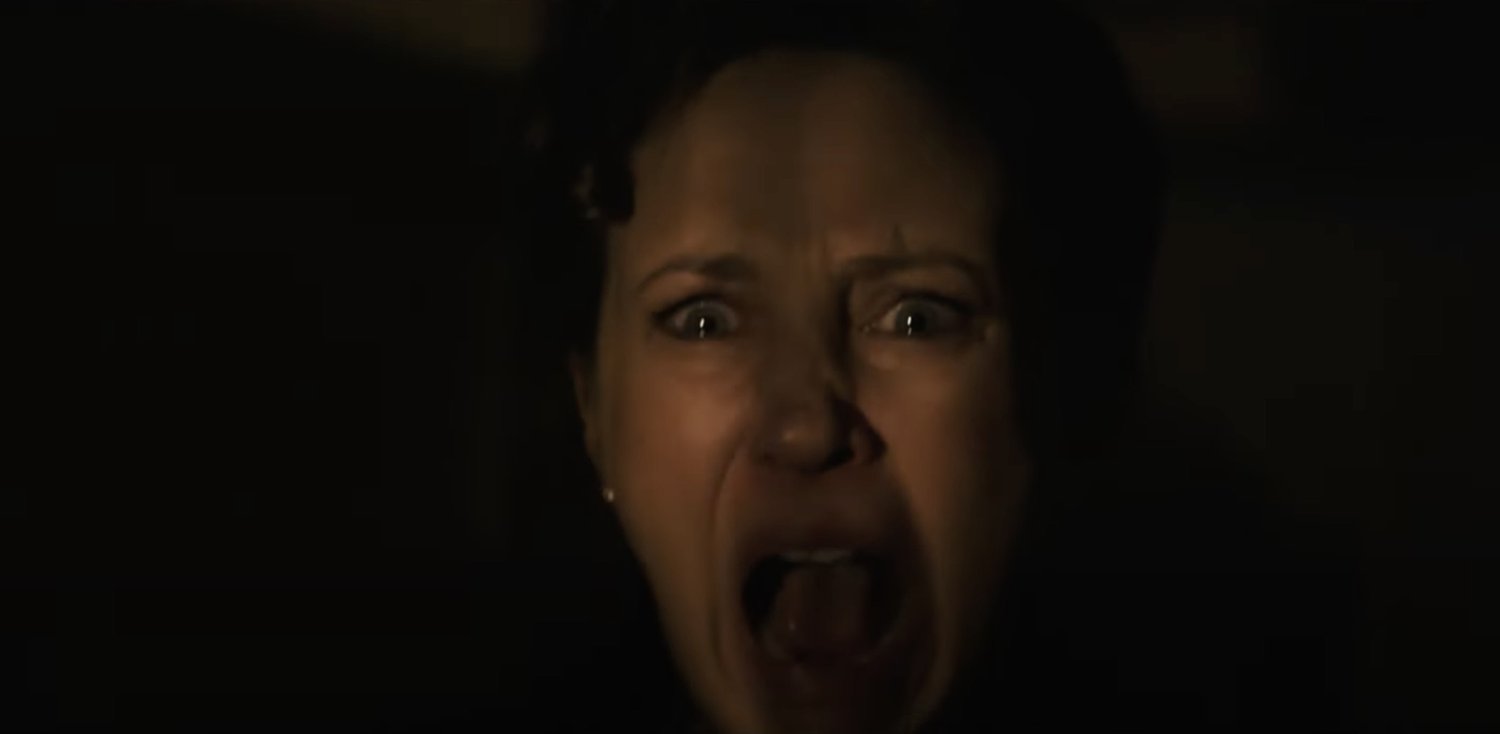Warner Bros. Discovery’s Strategy for Upfronts and Beyond: Stay Flexible for Buyers, Ad Chiefs Say
Ryan Gould and Robert Voltaggio tell TheWrap they remain bullish despite economic uncertainty ahead of Wednesday's presentation The post Warner Bros. Discovery’s Strategy for Upfronts and Beyond: Stay Flexible for Buyers, Ad Chiefs Say appeared first on TheWrap.

Warner Bros. Discovery’s new co-ad sales presidents Ryan Gould and Robert Voltaggio said they’re feeling “optimistic and bullish” despite the current economic uncertainty looming over the advertising market heading into Wednesday’s upfront presentation and more specific questions regarding the future configuration of the studio.
WBD upfronts follow the loss of its NBA rights in the U.S. and the completion of a restructuring separating its linear networks business from its studios and streaming business. CNBC’s David Faber recently reported that the studio is “moving towards” an official split in the “not-too-distant future,” similar to Comcast’s with Versant.
Gould told TheWrap that coming out of the fourth quarter of 2024, there was a sense of optimism about “going from stability to potentially growth in the advertising ecosystem.” But now budgets and spend are being reevaluated as advertisers and brands look for clarity on President Donald Trump’s rapidly- evolving tariff policy.
“Given the uncertainty in the market and economic volatility, I can tell you the only thing that’s certain today is everyone had a plan and that plan has paused,” he said. “A lot of our clients are in a wait-and-see stance, which I think is really no different than past years.”
That uncertainty is prompting more conversations with Warner Bros. Discovery’s clients about optionality and flexibility, but Voltaggio said the current market sentiment doesn’t reflect the demand the company is seeing.
“We were seeing signs of stability and positivity in the market and I think the fundamentals still reiterate some of that positivity,” Voltaggio said.
Warner Bros. Discovery’s total ad revenue in its first quarter fell 8% to $1.98 billion as ad-supported subscriber growth was more than offset by domestic linear audience declines. International ad markets, such as Poland and Italy, have significantly outperformed domestic due to continued strength of WBD’s free-to-air networks. The Europe, Middle East and Africa region now accounts for 20% of global linear advertising revenues.
Despite the year over year decrease for advertising, WBD touted a 5% improvement in advertising growth compared to the fourth quarter of 2024, driven by its domestic sports schedule, including viewership growth for March Madness and healthy demand for sports inventory. Looking ahead, Warner expects a 2% year-over-year headwind to ad revenues in the second quarter due to the absence of the Final Four, offset by carriage of the Stanley Cup Finals.
In presenting its recent earnings, Chief financial officer Gunnar Wiedenfels estimated a roughly $300 million cost increase in 2025 related to the overlap of outgoing and incoming sports rights, with the majority of that expected to be incurred in the second quarter, a “little bit of a headwind” in the third quarter and a “moderate tailwind” in the fourth quarter. He declined to quantify the specific ad revenue impact from the NBA, but said the company would see a “very significant improvement in sports rights expenses” related to the loss of the U.S. rights in 2026.
Wiedenfels added that the company is “now properly structured to take advantage of whatever opportunities may arise,” but declined to speculate about “potential capital structures.”
Read on for the rest of the conversation with Voltaggio and Gould below:
This is your first upfront presentation as co-ad sales presidents. What should advertisers expect this year?
Voltaggio: The show in general is going to have a very different feel than in years past. We’re excited to demonstrate the innovative and premium ways that we can collaborate with clients across the entire depth and breadth of our portfolio. We’re going to be joined by a number of executives across all the genres: Max, sports, news, entertainment and theatrical.
Gould: The only thing that I would add to that is doubling down on how WBD drives culture and how our IP is our true differentiator. You’ll see us reiterate that we drive real results for clients. We will show some statistics on past partnerships, and frankly speaking, a lot of things that are announced in the upfront don’t come into fruition. So we will double back on things that we announced last year and how we’ve been able to deliver upon them.
What are you seeing in advertiser demand on the linear and streaming sides of the business?
Voltaggio: We try and look at it much more holistically than that and look at in a more converged fashion of just trying to find the audience, wherever they may lie and seeing the incremental reach of the converge offering. We’re seeing strong enough demand on the linear front and on the streaming front.

There’s been a lot of talk about sports’ resiliency in the advertising market. What are you seeing there given that some of your rights to properties like the NBA have recently changed?
Gould: There’s a strong emphasis on sports, but it’s not independent. It’s sports as part of a broader portfolio. As our sports portfolio continues to evolve, we’re really trying to route an always-on sports solution to accompany our entertainment, news and streaming conversations in market. Sports continues to be a key tactic in our overall go-to market strategy but it really depends on the brand.
We have a pretty broad rights portfolio of NCAA at the conference level. Obviously with NCAA, the March Madness tournament, and as of last year, we ventured into the college football playoffs. We’re seeing a lot of brand engagement and involvement around college sports.
What does advertiser demand look like on the entertainment side?
Gould: HBO continues to drive culture and is a topic of conversation. I would argue it’s one of the last big screen appointment viewing, lean-in environments that exist in all of video.
We’re taking a really thoughtful approach. We have to find brand fit from our advertising partners as we bring them into the HBO environment, and we’re really excited with what we’ve been able to accomplish in the last 18 months.

We still have non-HBO assets that drive culture. Puppy Bowl this year was one of the most successful executions that we’ve had of that franchise. Shark Week will be back this summer, which is driving a ton of brand awareness and engagement. So we have an embarrassment of riches across so many different brands.

We’ve seen the emergence of new ad-supported offerings from companies like Netflix and Amazon’s Prime Video in recent years. How do you view competition in the space right now?
Gould: We’re trying to keep our eyes on our own paper and just peek across to see what the competition is doing here or there. We’re looking at the [business-to-business] sense of competition in terms of our platforms having conversations with agencies and brand marketers, but we’re also looking at the [business-to-consumer] form of competition and where are people engaging and spending their time.
One thing that we offer that is not offered across the entire marketplace is the transparency that brands want and expect. You don’t necessarily get that with some of the new entrants. Many of our clients and customers are asking us, “Hey, how should I be thinking about these non-disclosed partnerships? I’m spending x amount with this platform, and don’t get much in return in terms of transparency and visibility of where my ads are running.” So the way we look at it is a little bit different.
A lot of these new entrants are huge distribution platforms for us too. So we’re acutely aware of their strategy and how they’re building their media offerings and many of them are core to our distribution strategy.
The post Warner Bros. Discovery’s Strategy for Upfronts and Beyond: Stay Flexible for Buyers, Ad Chiefs Say appeared first on TheWrap.

















